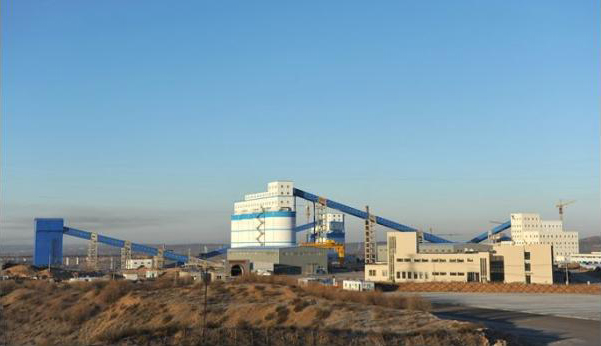The direct steam exhaust heat recovery system is an energy recovery system that can efficiently utilize the exhaust heat generated in industrial processes. Today, Kcalin New Energy will introduce the design principles and benefit evaluation of the system, and explore its importance in energy conservation and environmental protection.
The design principle of the direct steam exhaust air waste heat system is based on the principles of thermal cycle and heat conduction. The system consists of components such as a heat source, heat exchanger, working fluid, evaporator, and condenser.
Heat source: The heat source is usually the waste heat from industrial production processes, such as high-temperature exhaust gas, smoke, etc.
Heat exchanger: Heat exchanger is used to transfer heat from the heat source to the working medium, achieving energy transfer. The heat source heats up the working medium by exchanging heat with it, while the temperature of the heat source decreases.
Working medium: liquid with appropriate Heat capacity and evaporation temperature is generally selected as working medium, such as water or organic working medium.
Evaporator: The working fluid in the evaporator evaporates into gas after being heated, absorbing heat from the heat source.
Condenser: The condenser releases heat from the working fluid through heat exchange with a cold source (such as water or air), causing it to condense into a liquid.
The benefit evaluation of the direct steam exhaust air and waste heat system mainly includes the following aspects:

Energy conservation: This system can recover and utilize waste heat from industrial processes, converting it into useful thermal energy for supply to other processes or systems, thereby achieving energy reuse and conservation. By effectively recovering waste heat from exhaust air, energy consumption is reduced and overall energy utilization efficiency is improved.
Economic benefits: The operating cost of the direct steam exhaust heat recovery system is relatively low. By recycling the waste heat of exhaust air, we can reduce our dependence on traditional energy and reduce energy procurement costs. In addition, the operation and maintenance costs of the system are relatively low, and it has a shorter investment recovery cycle.
Environmental protection: Exhaust heat is a common discharge in industrial processes, which contains a large amount of thermal energy. The direct steam exhaust air waste heat extraction system can effectively reduce the discharge of exhaust air waste heat and energy waste, thereby playing a positive role in protecting the environment. Through the operation of the system, carbon emissions and pollutant emissions in industrial production processes can be reduced, reducing the impact on the atmosphere and water resources, and contributing to sustainable development.
Sustainable development: The direct steam exhaust air waste heat system conforms to the concept of sustainable development. By recycling and utilizing waste heat from exhaust air, energy recycling has been achieved, reducing the consumption of limited resources. The operation of the system can not only meet the thermal energy demand of industrial production, but also reduce dependence on external energy and improve energy self-sufficiency.
Wide application range: The direct steam exhaust air waste heat system is suitable for various industrial fields, such as steel, chemical, textile, power, etc. Whether it is high-temperature exhaust gas, flue gas, or waste heat from industrial furnaces, it can be recycled and utilized through the system. In addition, the system has good adaptability and controllability, which can meet the needs of different processes and production conditions.
The direct steam exhaust heat recovery system achieves energy conservation and environmental protection by efficiently recycling and utilizing exhaust heat from industrial processes. This system has significant economic and environmental benefits, and can bring considerable energy-saving and emission reduction effects to industrial enterprises. In the process of promoting sustainable industrial development and building a resource-saving society, the direct steam exhaust air and waste heat system will play an increasingly important role.







Comment